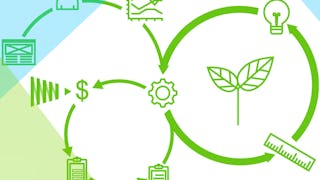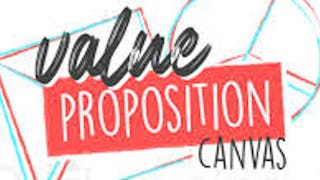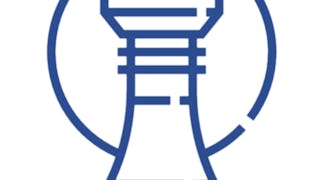By the end of this guided project, you will be able to use the Minimum Viable Product (MVP) Experience Canvas to test your startup business model assumptions. An MVP is a version of a new product which allows a team to collect the maximum amount of validated learning about customers with the least effort. The MPV Experiment Canvas is a framework that help you determine the desirability, viability, and feasibility of your business idea. The model has 12 building blocks that help you to systematically analyze your idea from defining the targeted customers, to experimenting with the model, and to making strategic decisions with the results of the analysis conducted.



Validating Your Startup Idea with MVP Experiment Canvas

Instructor: Omodiaogbe Samuel
Access provided by Dar Al Riyadh
Recommended experience
What you'll learn
Conduct the analysis of your product-market fit by designing a product that put the customer at the center of your new business idea
Avoid the risk of launching a failed product by validating your assumptions before committing significant resources
Develop insightful learning from your experiment and determine whether to pursue, pivot, or abandon your business imitative
Skills you'll practice
Details to know

Add to your LinkedIn profile
Only available on desktop
See how employees at top companies are mastering in-demand skills

Learn, practice, and apply job-ready skills in less than 2 hours
- Receive training from industry experts
- Gain hands-on experience solving real-world job tasks
- Build confidence using the latest tools and technologies

About this Guided Project
Learn step-by-step
In a video that plays in a split-screen with your work area, your instructor will walk you through these steps:
Task 1: Introduction: By the end of this task, you will explain the MPV Experiment Canvas
Task 2: Customers and Value: By the end of this task, you will determine the customer segment, and your value proposition
Task 3: Channels and Engagement: By the end of this task, you will provide the channels to use, and how to engage your customers
Task 4: Assumptions and Experiment: By the end of this task, you will highlight your riskiest assumptions, and the experiment format
Task 5: Workflow and Matrices: By the end of the task, you will design the experiment workflow, and matrices for measurement
Task 6: Success Criteria and Results: By the end of this task, you will determine your success criteria, and the results realized
Task 7: Insights, and Next Step: By the end of this task, you will express your learning insights, and your next step of action
Recommended experience
Familiarity with basic business terms
10 project images
Instructor

Offered by
How you'll learn
Skill-based, hands-on learning
Practice new skills by completing job-related tasks.
Expert guidance
Follow along with pre-recorded videos from experts using a unique side-by-side interface.
No downloads or installation required
Access the tools and resources you need in a pre-configured cloud workspace.
Available only on desktop
This Guided Project is designed for laptops or desktop computers with a reliable Internet connection, not mobile devices.
Why people choose Coursera for their career




You might also like

Coursera Project Network

UNSW Sydney (The University of New South Wales)

Coursera Project Network

Coursera Project Network

